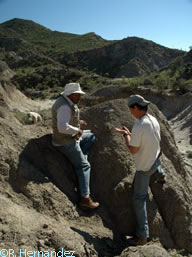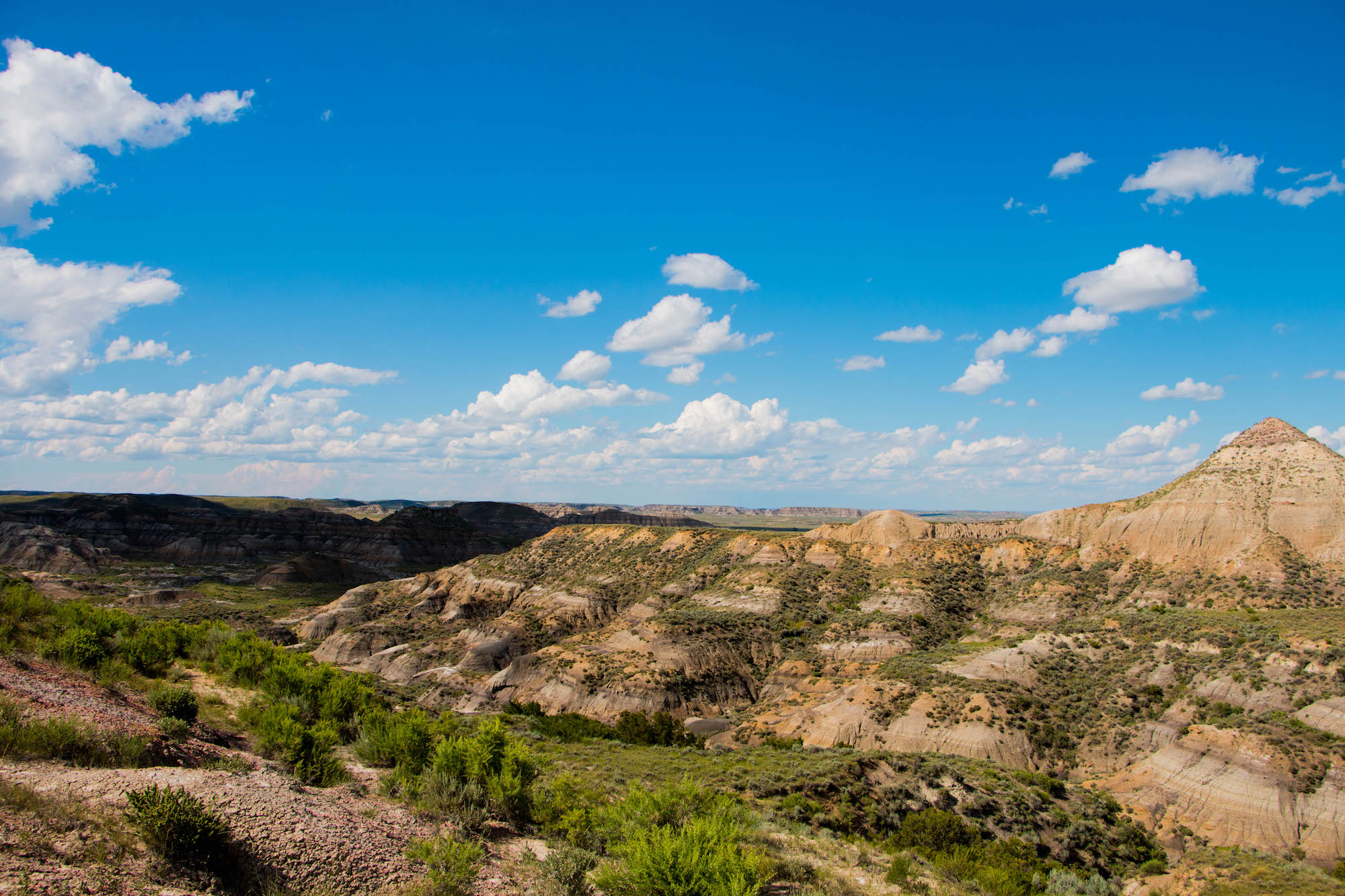
During the Cretaceous, Baja California was contiguous with mainland Mexico and possibly part of a terrestrial migration route between North and South America. Fossils also suggest that it harbored a fauna biogeographically distinctive from northern North America. The multituberculate mammal Stygimys, for example, occurs in Baja’s Campanian-aged deposits but only appears in Montana 10 million years later in the earliest Paleocene (Weil and Clemens 1998). Fieldwork during the 1950s, 60s, and 70s by Frank Kilmer, William J. Morris, Harley J. Garbani, and Jason A. Lillegraven focused largely on larger vertebrate fossils. In 2004, we began fieldwork in the “El Gallo” and “La Bocana Roja” Formations to re-sample the vertebrate fauna, particularly the vertebrate microfossils. We have since returned in 2005, 2007, and 2009 with considerable success (Montellano et al. 2005).
Collaborators: M. Montellano, J. Lipps, F. Aranda Manteca, R. Hernandez, G. Alvarez, J.A. Wilson
Funding: UC-MEXUS, UW-College of Arts & Science Exchange

